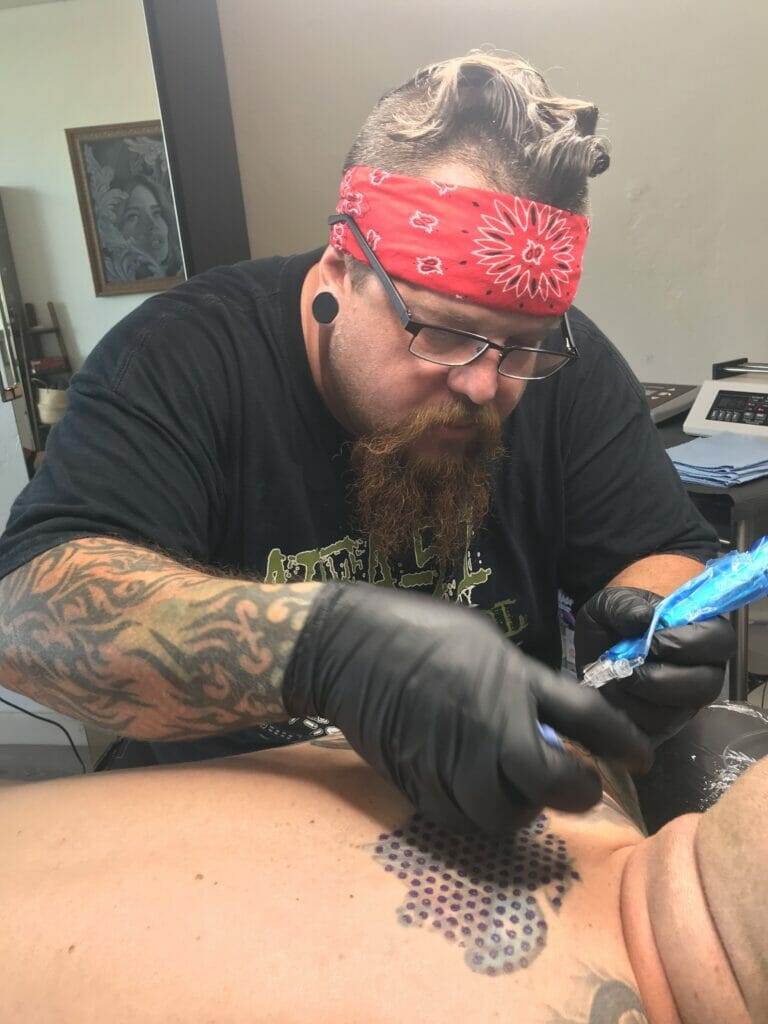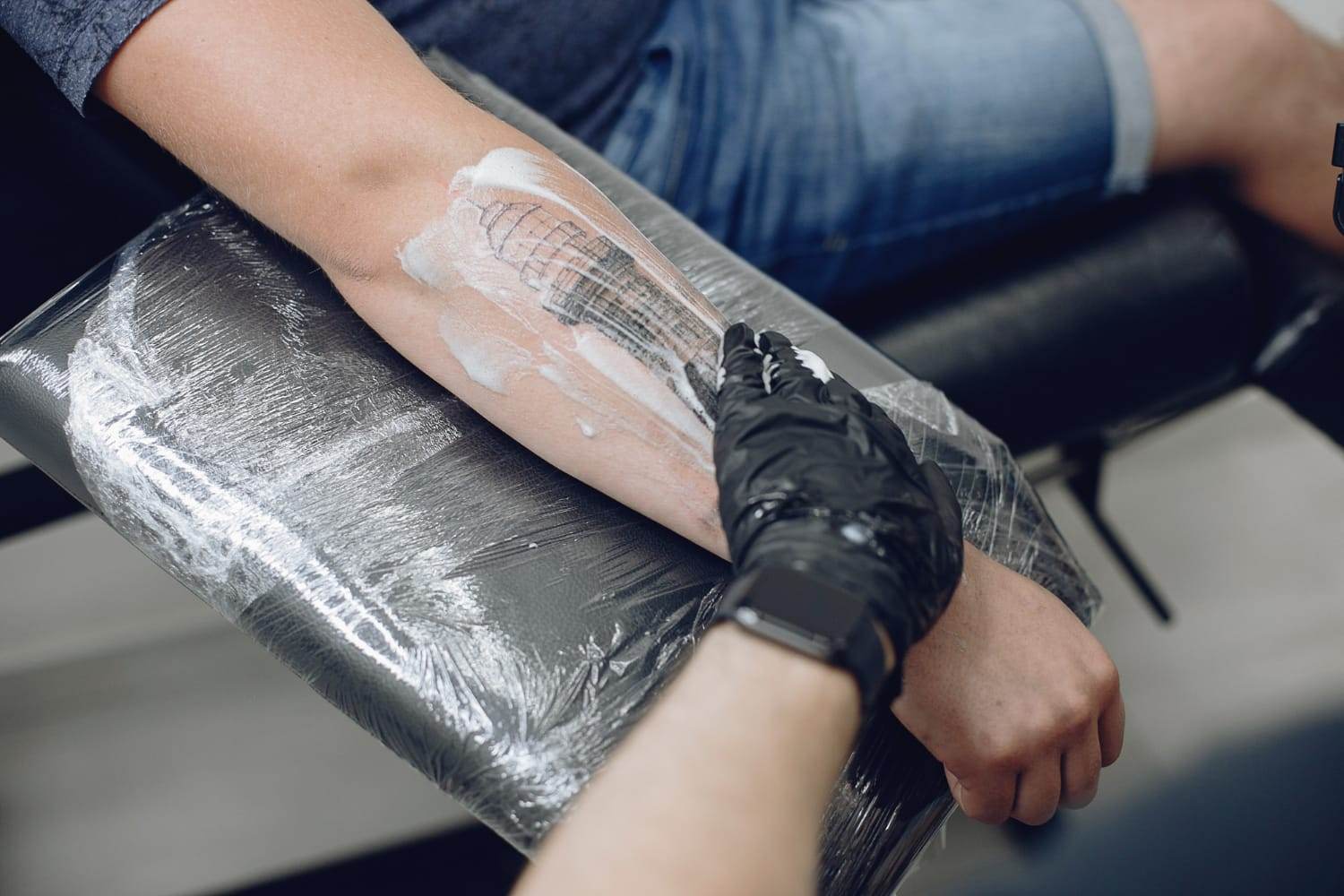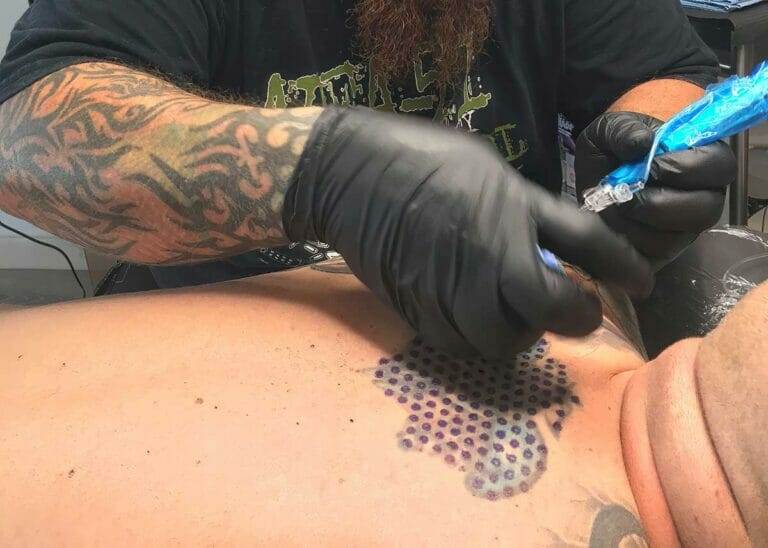Tattoo removal has become increasingly popular in recent years, as more and more people regret their decision to get inked. Fortunately, there are now several techniques available for removing unwanted tattoos. It is important to understand the importance of these techniques and consider the drawbacks of traditional laser tattoo removal.
Importance of tattoo removal techniques
- Improved results: Advancements in tattoo removal technology have made it possible to achieve better and faster results. Newer techniques, such as laser technologies, can effectively target the ink pigments and break them down for removal.
- Minimized scarring: Tattoo removal techniques have evolved to minimize the risk of scarring. Compared to traditional methods like dermabrasion or excision, newer techniques are gentler on the skin and reduce the likelihood of permanent scarring.
- Versatility: Different tattoo removal techniques cater to different types of tattoos. Whether you have a large, multicolored tattoo or a small, black and white one, there is a technique that can effectively remove the ink.
- Reduced pain: Contemporary tattoo removal methods aim to minimize discomfort during the process. Techniques like laser tattoo removal often involve the use of numbing creams or cooling devices to make the procedure more tolerable.
- Enhanced safety: The safety protocols and equipment used in modern tattoo removal techniques have greatly improved. Clinics now adhere to strict hygiene standards and use advanced technology to ensure minimal risk of infection.
The drawbacks of traditional laser tattoo removal
- Multiple sessions: Traditional laser tattoo removal typically requires multiple sessions to achieve the desired results. Depending on factors such as tattoo size, color, and location, it can take several sessions spaced weeks or even months apart to achieve complete removal.
- Limited color removal: Traditional lasers may not effectively remove certain colors, such as light shades or vibrant greens and blues. This limitation can hinder the removal process for tattoos with a wide range of colors.
- Potential for skin damage: Traditional laser tattoo removal can sometimes cause skin damage, such as hypo or hyperpigmentation, scarring, or textural changes. These risks are higher for those with darker skin tones.
- Long recovery period: After each session, the skin needs time to heal. Traditional laser tattoo removal often involves a longer recovery period where the skin may be red, swollen, or blistered.
- Higher cost: Compared to newer techniques, traditional laser tattoo removal can be more expensive due to the multiple sessions required for complete removal.
In conclusion, while tattoo removal techniques have come a long way, it is essential to weigh the pros and cons of each method. Newer techniques offer improved results and minimized drawbacks compared to traditional laser tattoo removal. However, it is important to consult with a reputable professional to determine the best course of action for your specific tattoo removal needs.
Topical Tattoo Removal Creams
Explanation of topical tattoo removal creams
Topical tattoo removal creams are a non-invasive method of removing tattoos from the skin. These creams are designed to break down the ink pigments in the skin so that they can be gradually faded and eventually completely removed. The creams are typically applied directly to the tattooed area and left on for a specified period of time before being washed off. They work by penetrating the skin and targeting the ink particles, causing them to break down over time.
Effectiveness and limitations of topical creams
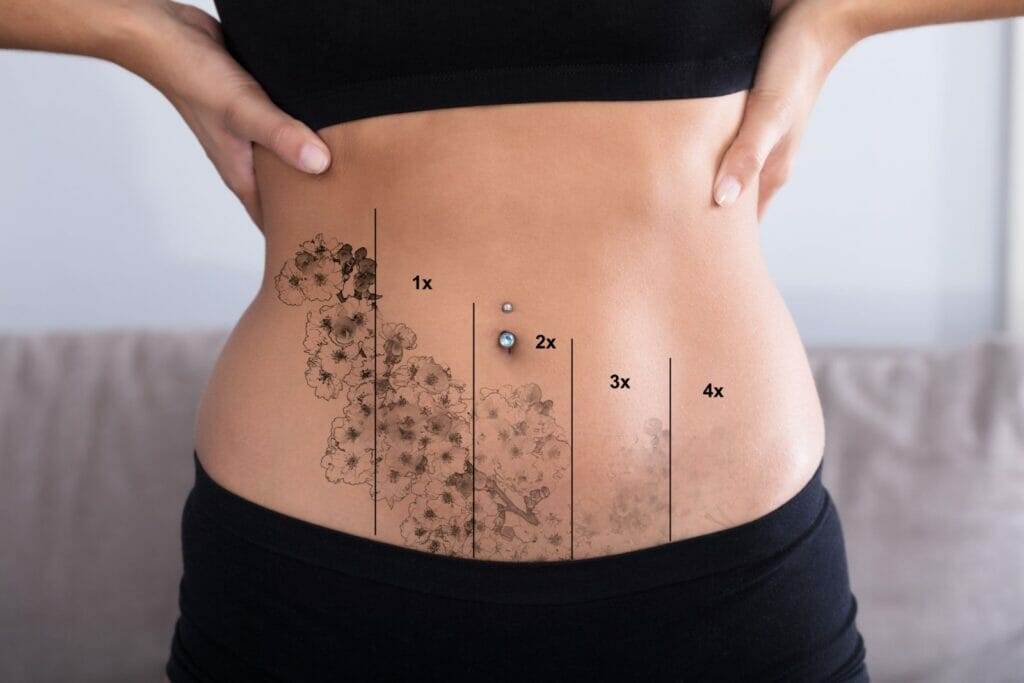
Topical tattoo removal creams can be effective for fading and lightening tattoos, but complete removal of a tattoo with these creams is often not possible. The effectiveness of the creams can vary depending on factors such as the size, color, and depth of the tattoo. While some individuals may experience significant fading, others may see little to no results. It is also important to note that topical creams may not work as well on certain colors, such as vibrant greens and blues.
In addition, it is crucial to follow the instructions provided with the cream and use it consistently over a long period of time to see any noticeable results. This can be a time-consuming process, and patience is required. It is also important to consider the potential for skin irritation or allergic reactions when using these creams.
Overall, while topical tattoo removal creams can be a convenient and affordable option for some individuals, they may not be as effective as other tattoo removal techniques, such as laser treatments. It is recommended to consult with a professional to determine the most suitable method for your specific tattoo removal needs.
Dermabrasion
What is dermabrasion and how it works
Dermabrasion is a tattoo removal technique that involves using a rotating abrasive tool to remove the top layers of the skin where the tattoo is located. This process helps to gradually fade the tattoo by stimulating the growth of new skin cells.
During dermabrasion, a local anesthetic is applied to the tattooed area to numb the skin. The dermatologist then uses a handheld device with a small, rough wheel or brush to gently remove the outer layers of the skin. This process can be uncomfortable and may cause some bleeding, but it is generally well-tolerated.
Dermabrasion works by removing the top layers of skin that contain the tattoo pigment. As the skin heals, new skin cells replace the old ones, causing the tattoo to fade. Multiple sessions are usually required to achieve significant results. The number of sessions depends on factors like the size and color of the tattoo, as well as the individual’s response to the treatment.
Advantages and disadvantages of dermabrasion for tattoo removal
Advantages:
- Dermabrasion can be effective for lightening or completely removing tattoos.
- It is a versatile technique that can be used on various tattoo sizes and colors.
- The procedure can be customized to target specific areas of the tattoo.
- Dermabrasion is a relatively quick treatment, usually lasting around 30 minutes to an hour.
- It is a non-invasive procedure that does not involve the use of chemicals or injections.
Disadvantages:
- Dermabrasion can be a painful procedure, and local anesthesia is required.
- The skin may take several weeks to heal after each session, and scarring is possible.
- Darker skin types may be at a higher risk of developing hyperpigmentation or hypopigmentation.
- Dermabrasion is not suitable for individuals with certain skin conditions or diseases.
- Multiple sessions are usually needed, making it a time-consuming and costly process.
Overall, dermabrasion is a viable option for tattoo removal, but individuals should consult with a dermatologist to determine if it is an appropriate choice for their specific needs and skin type.
Salabrasion
Overview of salabrasion technique
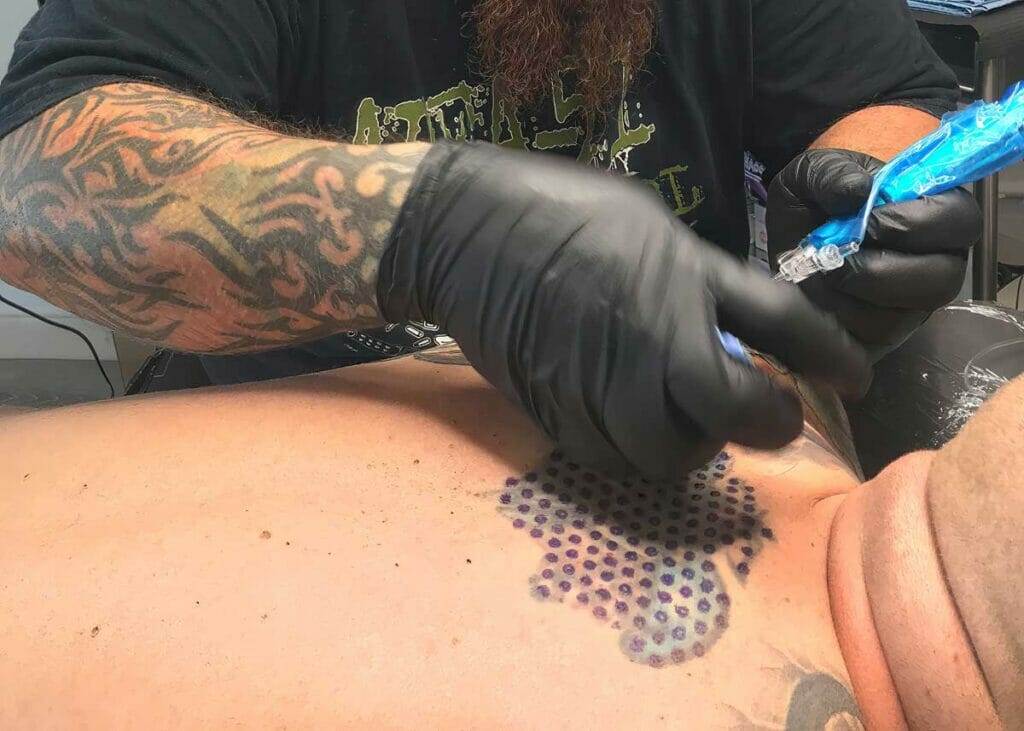
Salabrasion is a tattoo removal technique that involves using a salt solution and abrasion to gradually fade the tattoo. During the procedure, a local anesthetic is applied to numb the skin. A salt solution is then applied to the tattooed area, which helps to absorb the tattoo ink. Next, a rough tool, such as a wooden block wrapped in gauze, is used to abrade the skin in a circular motion. This process causes the top layers of skin to peel off, taking the tattoo pigment with it.
Salabrasion is a relatively simple and low-cost method of tattoo removal that can be performed at home or by a trained professional. However, it is important to note that this technique can be quite painful, and it may not be suitable for everyone. Additionally, salabrasion can cause temporary skin discoloration, scarring, and infection if not done properly.
Comparison of salabrasion to other tattoo removal methods
While salabrasion can be an effective method of tattoo removal, it is important to consider how it compares to other available options. Here is a comparison of salabrasion to dermabrasion, another popular tattoo removal technique:
| Salabrasion | Dermabrasion |
|---|---|
| Simple and low-cost | May be more expensive |
| Potential for pain and skin discoloration | Local anesthesia is used to numb the skin |
| Possible scarring and infection | Possible scarring, but generally well-tolerated |
| May require multiple sessions | May require multiple sessions |
| Can be performed at home or by a professional | Performed by a dermatologist |
It is important to consult with a dermatologist to determine the most suitable tattoo removal method for your specific needs and skin type.
Overall, salabrasion can be an effective option for tattoo removal, particularly for those on a budget. However, it is crucial to understand the potential risks and to follow proper instructions to minimize complications.
Cryosurgery
Explanation of cryosurgery technique for tattoo removal
Cryosurgery is a tattoo removal technique that involves freezing the tattooed area to destroy the pigment. The procedure begins with the application of a local anesthetic to numb the skin. A cryogen, such as liquid nitrogen, is then sprayed onto the tattoo using a spray gun or applied using a cotton swab. The extreme cold temperature causes the tattoo ink to freeze, and the body’s immune system then works to remove the frozen pigment. Over time, the treated area will heal and the tattoo will gradually fade away.
Safety concerns and success rates of cryosurgery
Cryosurgery for tattoo removal has a relatively high success rate. However, it is important to be aware of the potential risks and side effects that may occur. Some common side effects include redness, swelling, blistering, and temporary skin discoloration. In rare cases, more serious complications such as scarring or skin damage may occur. It is crucial to consult with a qualified professional before undergoing cryosurgery to ensure that you are a suitable candidate for the procedure. Additionally, proper aftercare instructions should be followed to promote healing and minimize the risk of complications.
In conclusion, cryosurgery is a viable option for tattoo removal with a good success rate. However, it is essential to understand and weigh the potential risks and benefits before deciding on this method. Consulting with a qualified professional is crucial to determine if cryosurgery is suitable for your specific situation.

